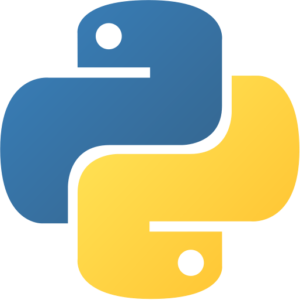
Python is a popular programming language that provides a wide range of data structures to store and manipulate data. Some of the most commonly used data structures in Python are List, Tuple, Set, Dictionary, and Array. While these data structures share some similarities, they also have some key differences that make them useful for different purposes.
In this blog post, we will discuss the similarities and differences between List, Tuple, Set, Dictionary, and Array, and where they are commonly used.
- List: A list is a mutable sequence of elements enclosed in square brackets []. The elements can be of different data types, and they can be added, removed or modified after creation. List provides a way to store and organize a collection of items that can be easily accessed and manipulated.
- Tuple: A tuple is an immutable sequence of elements enclosed in parentheses (). The elements can be of different data types, but once created, they cannot be changed. Tuple provides a way to store and organize a collection of items that cannot be modified after creation.
- Set: A set is an unordered collection of unique elements enclosed in curly braces {}. The elements can be of different data types, and they cannot be accessed using an index. Set provides a way to store and manipulate a collection of unique items.
- Dictionary: A dictionary is an unordered collection of key-value pairs enclosed in curly braces {}. The keys must be unique, and the values can be of different data types. Dictionary provides a way to store and retrieve data using a unique key.
- Array: An array is a collection of elements of the same data type. Unlike other data structures, arrays require a fixed size when they are created. Arrays provide a way to store and manipulate a large amount of data efficiently.
Now let’s take a closer look at the similarities and differences between these data structures:
| Feature | List | Tuple | Set | Dictionary | Array |
|---|---|---|---|---|---|
| Mutable | Yes | No | Yes | Yes | Yes |
| Immutable | No | Yes | No | No | No |
| Ordered | Yes | Yes | No | No | Yes |
| Unordered | No | No | Yes | Yes | No |
| Unique | No | No | Yes | No | No |
| Allow Duplicates | Yes | Yes | No | No | Yes |
| Fixed Size | No | No | No | No | Yes |
| Access using Index | Yes | Yes | No | Yes | Yes |
| Key-Value Pairs | No | No | No | Yes | No |
As you can see from the chart, all of these data structures have their own unique features and use cases. List and Tuple are commonly used to store and manipulate ordered collections of items, while Set is often used to store and manipulate unordered collections of unique items. Dictionary is frequently used to store and retrieve data using a unique key, and Array is often used to store and manipulate large amounts of data efficiently.
In conclusion, Python provides a wide range of data structures to store and manipulate data, each with its own strengths and weaknesses. Understanding the similarities and differences between List, Tuple, Set, Dictionary, and Array can help you choose the right data structure for your specific needs and use case.